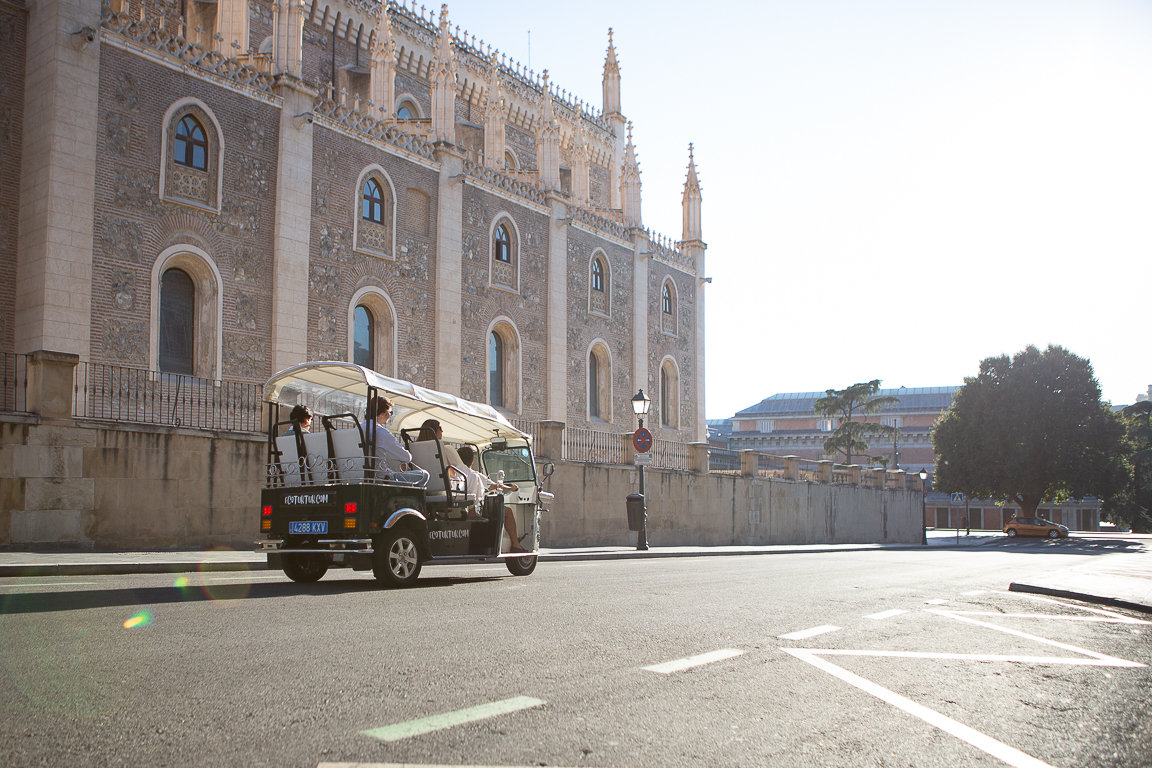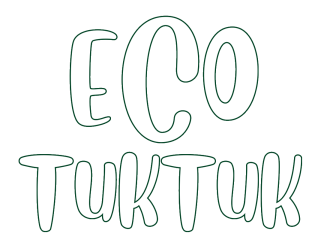What to see in Madrid: the 11 essential places

Madrid, Spain’s largest city and capital, is one of the top travel destinations in Europe. A vibrant cosmopolitan city pulsing with life and overflowing with energy, Madrid is more unique than its neighboring modern capitals. It is a city where old and new intertwine – narrow cobbled lanes and bourbon squares from the 18th century end in skyscrapers and large plazas. Madrid is the perfect weekend gateway as you can end up exploring the city’s main highlights, where you can take in all the city’s charm with its history and art in the morning and let the city consume you with its energy at night.
THE 11 ESSENTIAL THINGS TO DO IN TUK TUK MADRID
Museo del Prado
Museo del Prado
This is Spain’s leading art gallery and some regard it as the best in the world. The Museo del Prado, which is home to some 8,000 works by the greatest artists in the history of art, occupies two magnificent buildings.
Retiro Park
This is one of the great lungs of the city and one of the most beautiful natural spaces in Madrid. On Sundays, the avenues of Retiro Park are filled with street musicians, families on bicycle rides, and puppet theatres, among other things. Its pond, presided over by the monument to Alfonso XII, is ideal for a peaceful outing in a rowing boat.
Puerta del Sol
It’s the geographical and sentimental heart of Madrid, the starting point from which all national roads are measured. The semi-circular Puerta del Sol is probably the liveliest and most vibrant place in the city. Its most iconic building, the old Casa de Correos, has the famous clock that chimes on New Year’s Eve.
Gran Vía
Gran Vía, inaugurated in 1910, marked the arrival of modern city planning to Madrid. It’s the street where the great theatres, cinemas, restaurants, hotels, and fashionable shops are to be found. It starts at Calle de Alcalá and ends at Plaza de España. It’s lined with unique buildings such as the Telefónica building, Madrid’s first skyscraper, and the Capitol building.
Plaza Mayor
Opened in 1620 to be used for official events, popular festivals, and bullfights, as well as for properties, the Plaza Mayor is one of the liveliest places in the heart of Madrid. In its centre is the equestrian statue of Felipe III.
Royal Palace of Madrid
Built with granite and white stone, the Royal Palace of Madrid is the most important building linked to the Spanish monarchy. Its spectacular marble main staircase is the work of Sabatini, the ceilings of the Salón de Guardias and the Salón del Trono were painted by Tiepolo and the vaults of the gala dining room feature paintings by Mengs, González Velázquez, and Bayeu.
Estadio Santiago Bernabéu
The Santiago Bernabéu Stadium, home of Real Madrid Football Club, was inaugurated in 1941, although it has undergone subsequent renovations, with the last one taking place in 1993 to add circular towers at the corners to serve as access ramps. It can hold 81,000 spectators.
Temple of Debod
This is a piece of Egypt in Madrid. The Temple of Debod, dating from the 2nd century BC, was a gift from the Egyptian government to Spain for its collaboration in saving the temples of Nubia. It was opened to the public in Madrid in 1972 and since then has been one of the most visited monuments in the capital.
Almudena Cathedral
Built on the site of a former mosque, the Almudena Cathedral is practically next to the Royal Palace. Its cathedral, between the end of the 19th century and the end of the 20th century, was consecrated in 1993 by Pope John Paul II during one of his trips to Spain. It’s dedicated to the Virgin of Almudena, patron saint of Madrid. King Felipe VI and Queen Letizia Ortiz were married here in 2004.
Puerta de Alcalá
Located a stone’s throw from the Plaza de Cibeles and next to Retiro Park, the Puerta de Alcalá is one of the five royal gates that provided access to the city and is one of the biggest icons of Madrid. It was built by Sabatini between 1769 and 1778, with granite and white stone, commissioned by Carlos III. It has served as inspiration for the Arc de Triomphe in Paris and the Brandenburg Gate in Berlin.
Las Ventas Bullring
With a capacity for 23,798 people, the Las Ventas bullring is the largest in Spain and the third largest in the world, after the ones in Mexico City and Valencia (Venezuela). It has been declared a “site of cultural interest within the historic-artistic monument category”.
Visit Madrid by Tuk Tuk!
